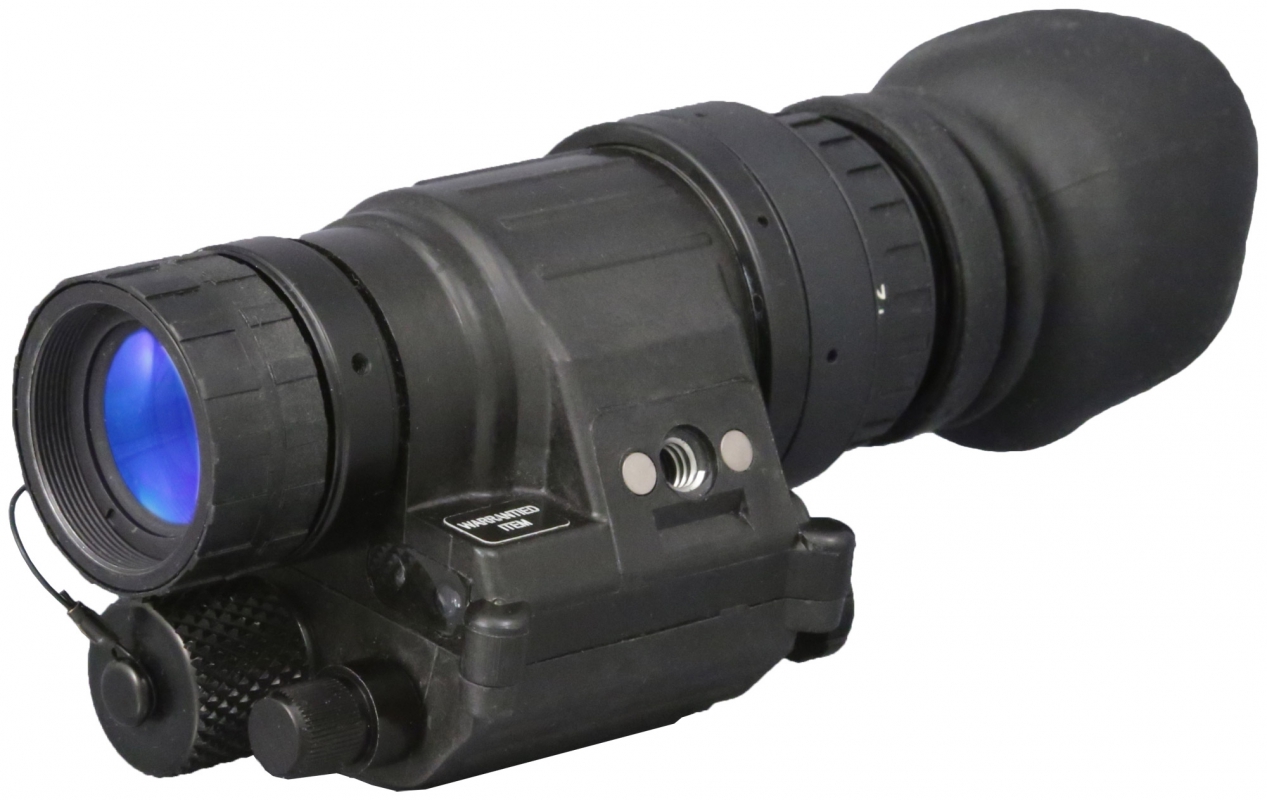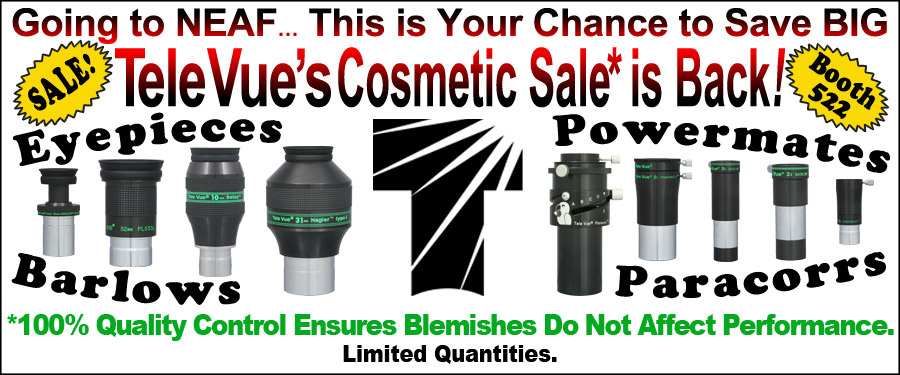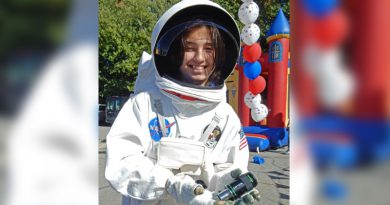Black Forest 2019 & Observe the Moon Oct 5th!
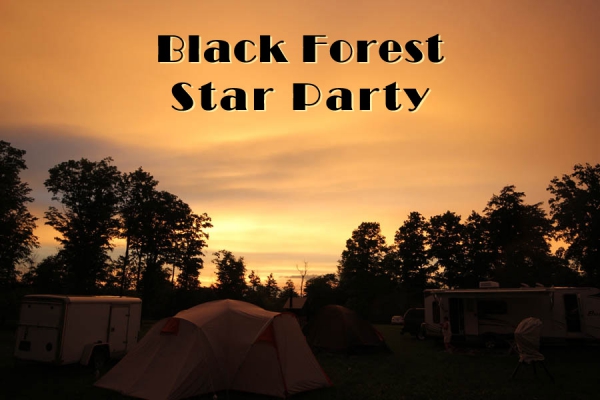
A late-summer / early-fall tradition, the Central Pennsylvania Observers’ (CPO) Black Forest Star Party was held at Cherry Springs State Park in Pennsylvania last weekend. This is a special place for observers in the northeast: designated a Dark Sky Park by both the state and the International Dark Sky Association, it is one of the darkest areas in the state. It has a large designated Astronomy Observing Field 2,300 feet above sea level where the state has installed concrete observing pads, domes, electricity, and WiFi for observers.

Al spent some time showing people the views through a TNVC PVS-14 Night Vision monocular connected to John Vogt’s amazing 32-inch scope. Al estimates that the views of the Helix Nebula through this setup were like those from a 90 inch scope! Carl Lancaster captured M17 and M27 through this setup by putting an iPhone up to the eyepiece and snapping off pictures.
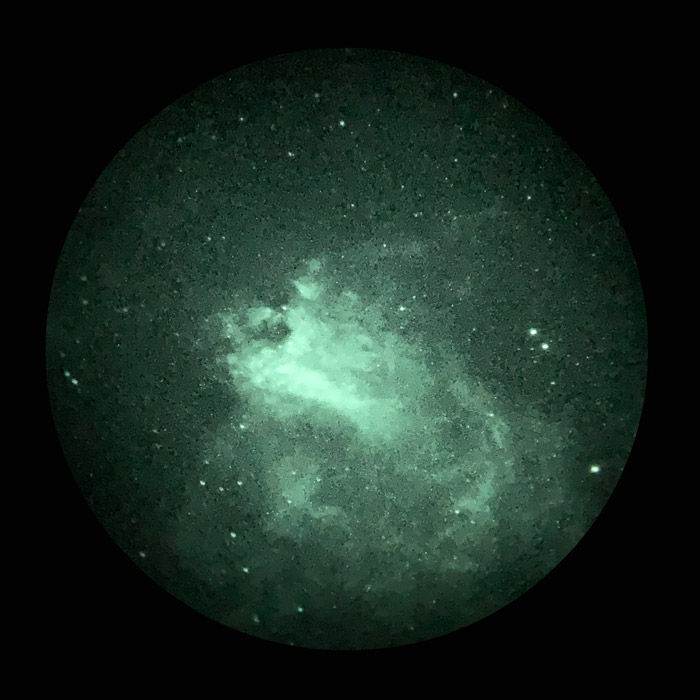
John Vogt wrote us a letter about the “TNVC Experience” which we quote from below.
The combination of the TNVC,
55mm Plossl and 6nm Hα filter
gave astounding views of
every one of the emission objects
that we viewed.
I wanted to thank you for the opportunity to use the TNVC device on my 32” Dob. The combination of the TNVC, 55mm Plossl and 6nm Ha filter gave astounding views of every one of the emission objects that we viewed. The ability to see outlying nebulosity in M8, M16, M17, Helix and Crescent Nebulas that is ordinarily only visible in long exposure narrow band images is quite extraordinary.
I found it a bit comical to watch the conga line of people that formed to have a look through the 32” with the night vision ensemble attached then immediately take out their smartphones and take “snapshots” of the objects in view and revel at the results. To think that years ago I used spectroscopic film with long exposures and didn’t obtain results as good as what a few of the attendees got with their phones, wonders never cease.
Al was very appreciative for all that Dave Mitsky did to gather fellow amateurs towards John’s 32″ scope for a unique peek through the Night Vision set-up. Dave wrote in Cloudy Nights post:
I’ve known John for over 20 years and Al for longer than that. I’ve had many wonderful views through John’s 32″ Dob over the years and have observed with Al at Stellafane and various star parties numerous times.
I hadn’t seen M17 look anything remotely resembling that since when I observed it through a 22″ Starmaster Dob from Bolivia years ago. The omega portion of the Omega Nebula was strikingly obvious. M16 was even better, IMO. The Eagle Nebula resembled some sort of wild impressionist painting. The most striking views for me, however, were of NGC 7293 (the Helix Nebula) and NGC 6888 (the Crescent Nebula). An outer shell of the Helix that is only visible in images could be seen. A number of people, including yours truly, got fairly good hand-held mobile phone shots of some of these objects.
Ed Anderson also contacted us and provided a link to his Black Forest Star Party report on CloudyNights.com. Here he relates meeting Al Nagler and seeing views through the TNVC monocular.
The views were
nothing short of
spectacular.
My astronomy club buddy, John, has a 32″ GoTo Dob that he built. What a beautiful scope. He had saved me a spot so I was set up right next to him.
Around 8:30, I think, John introduces me to this nice guy, Al Nagler. AL NAGLER? The Al Nagler? OMG!
Al has a new toy; a night vision monocular based on military night vision technology. You point it at the sky and it is like looking at a monochrome astro photo (AP) . This uses white phosphor, rather than the old green image, so it has a much more natural look.
He also had an Apollo 11 eyepiece with him. He slipped it in my 12” scope, then pointed the scope at the Hercules Cluster, M13. Really nice view at 128X in my scope! Almost 3D in appearance.
Then he stacked the image intensifier on top of the Apollo 11 and the result was breathtaking. The image of the Hercules Cluster was mind-blowing in my 12″ scope. It was like a monochrome AP. Al says this effectively triples the aperture of the scope. He will get no argument from me.
He took that 11 mm and put it in John’s 32″ scope and they turned it on something, I don’t recall what, but that 32″ mirror really showed its stuff!.
Then Al put the night vision monocular on, what I think was a 50mm [55mm Tele Vue Plössl] eyepiece and put it in the 32″ scope and there it stayed for most of the evening. The views were nothing short of spectacular. Imagine a 32″ scope with an image intensifier on the eyepiece that effectively triples the aperture of the scope. Now imagine it better than that.
Ed continued with a list of targets seen with the TNVC in the 32″ scope.
the intensity of the
nebulosity of these
targets was so great
and so detailed,
so awe-inspiring,
I did not keep a list of what I saw in the 32” but some of the things that I recall were:
-
- The Crescent Nebula
- The Dumbbell Nebula
- The Helix Nebula
- The Swan Nebula
- The Eagle Nebula
The nebulosity, the intensity of the nebulosity of these targets was so great and so detailed, so awe-inspiring, it is beyond my ability to describe it. For example, with the Swan Nebula, the Swan was almost lost in the surrounding nebulosity. If you take some of the AP images you have seen of these nebulae and turn them monochrome, that is how they looked in the eyepiece.
He wraps up his report with some comments including:
Meeting Al Nagler and seeing this wonder of technology in John’s 32″ scope alone made the trip worthwhile.
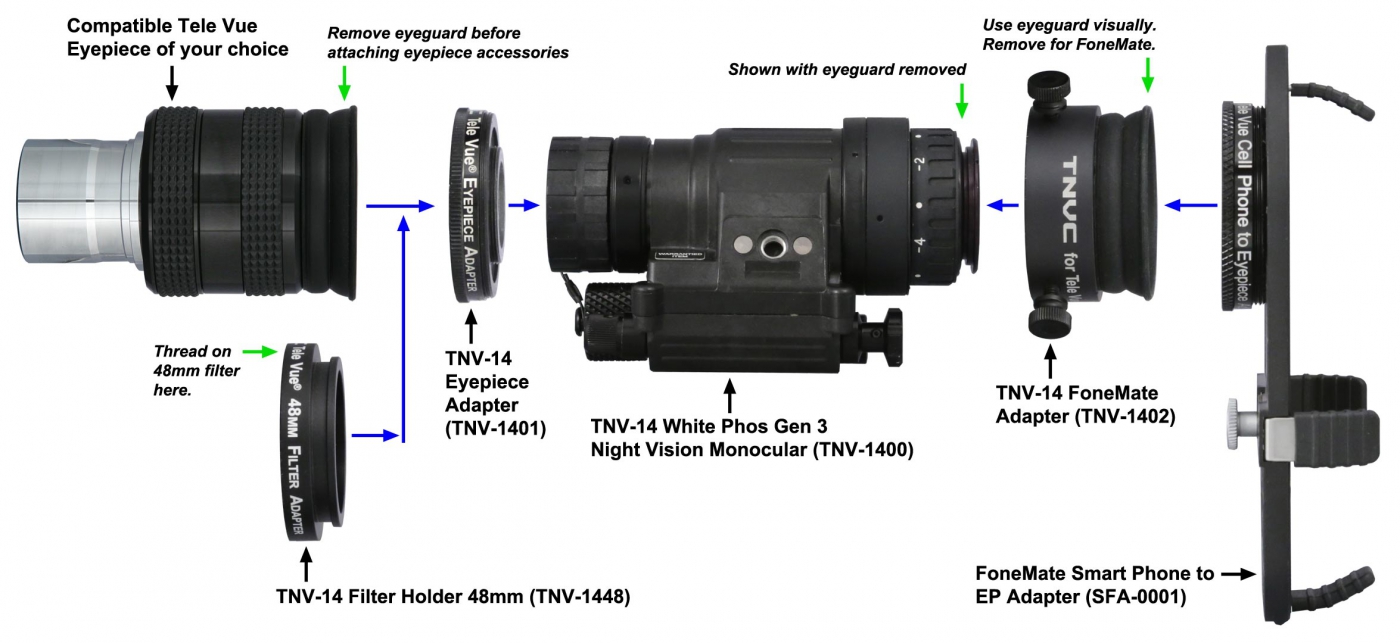
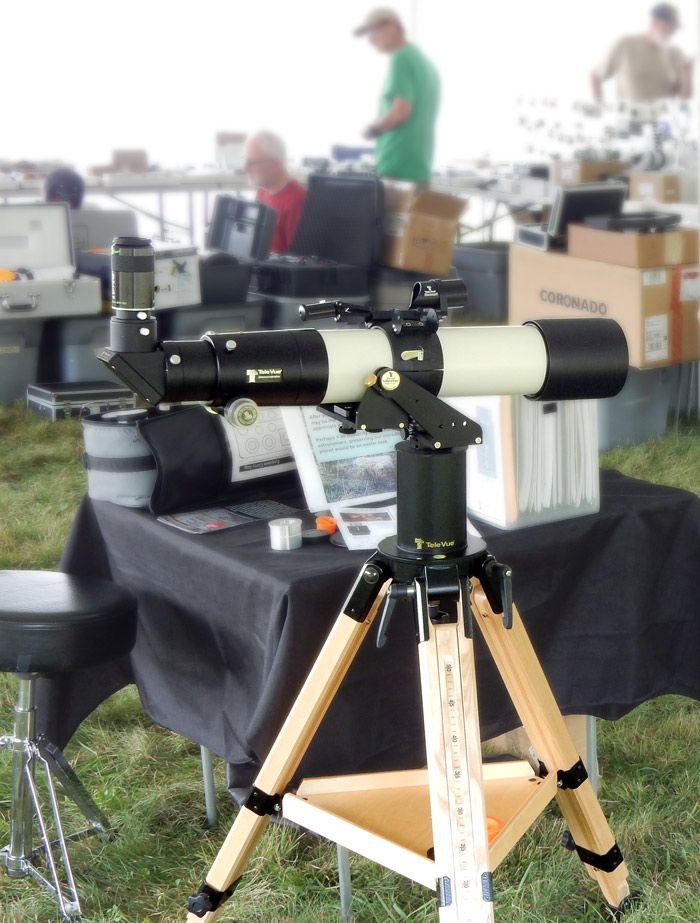
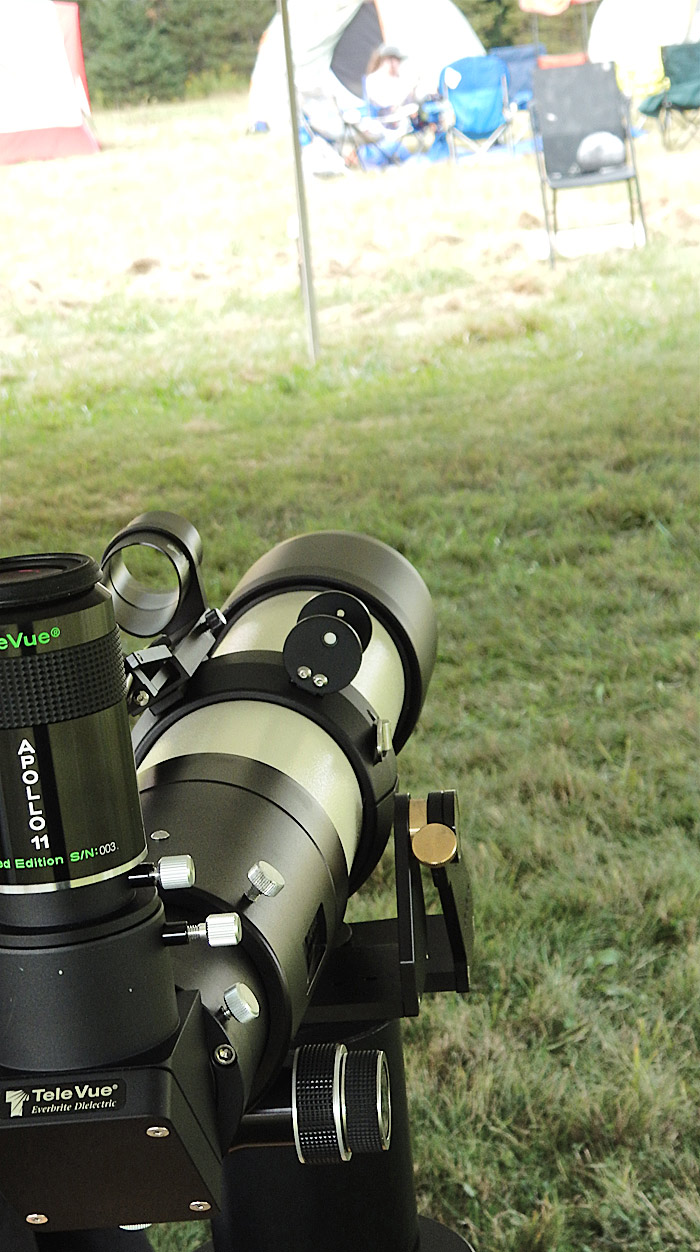
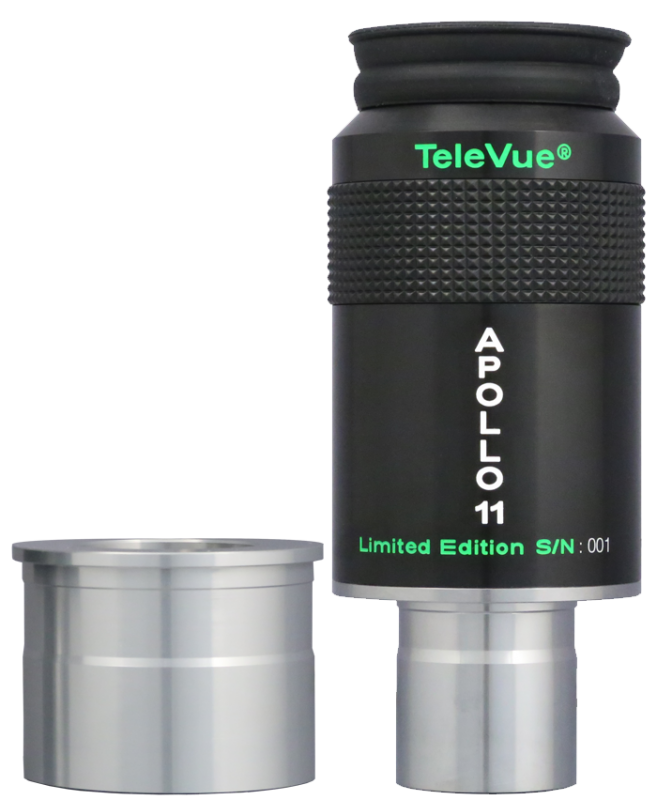
Apparent Field of View: 85°
Eye Relief: 19mm
Field Stop diam. (effective): 16.2mm
Coatings: Glass matched multi-coatings on all surfaces
Barrel diam.: 1¼” with 2” thread-on adapter
Filter Treads: 1.¼” and 2”
Length: 4.8”
Width: 2.13”
Weight: 21.6 oz. (1.35 lbs.)
Total Production: Less than 300
*Specification subject to change
Do you want your Tele Vue images re-posted on Tele Vue Optics’ Social Media accounts? Use this hashtag for consideration:
#RPTVO
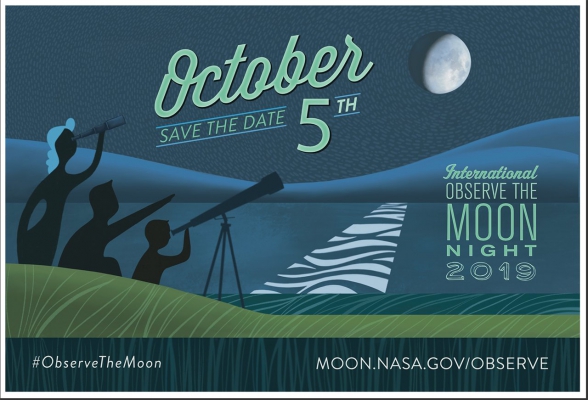 It is worth watching Wylie Overstreet & Alex Gorosh’s “A New View of the Moon” to see people’s reactions to seeing the Moon through a scope for the first time!
It is worth watching Wylie Overstreet & Alex Gorosh’s “A New View of the Moon” to see people’s reactions to seeing the Moon through a scope for the first time!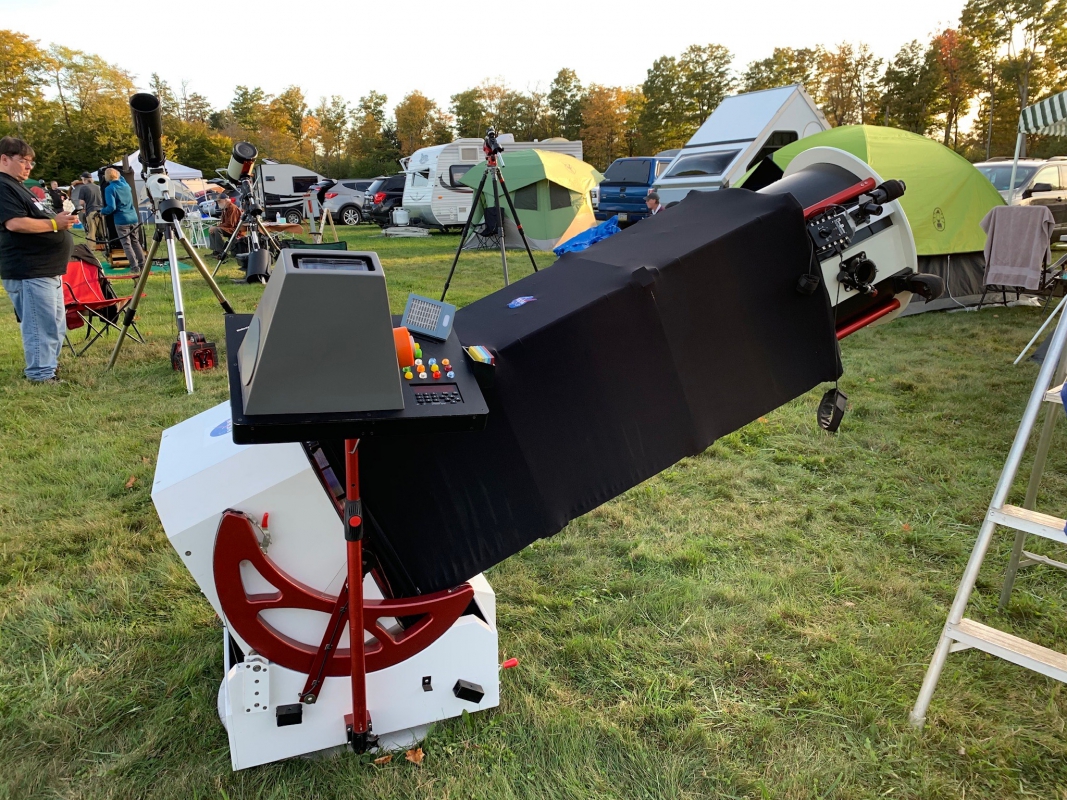
The telescope features an articulated mast design (hidden by shroud) used on various NASA missions (Exampels include the STS-99 radar topography mission and the Nustar X-Ray telescope) that is designed to be able to both deploy and breakdown in as little as 10 minutes. The control panel is on a telescoping painter’s stalk that slides up for full deployment. The panel is Star Trek TOS themed with rocker switches, speaker and lighting authentic to the show. And best of all, they are all completely functional. Also featured is a ‘science station viewer’ similar to the one that Mr. Spock could be frequently seen using. The orange ‘sensor’ is actually a 3D printed mouse that runs SkySafari Pro V6 on a Galaxy Tablet. The viewer also acts as a light shield. SkySafari works in conjunction with the ServoCat drive system. I can use the ‘sensor’ mouse to select a target on SkySafari and click ‘Goto’. The system hits objects even with high powered eyepieces! Carl won an Honorable Mention Special Award for this scope at this year’s Stellafane!
Carl won an Honorable Mention Special Award for this scope at this year’s Stellafane!
- Night Vision page on Tele Vue website with ordering info (mobile site).
- For more on how our Night Vision system works read our blog post: TNVC Night Vision Direct from Tele Vue
- For background on the Apollo 11mm eyepiece read our blog post: Tele Vue’s Secret Launch: Apollo 11mm Eyepiece!
- Tele Vue 55mm Plössl eyepiece is a must for big DOBs (mobile site).

